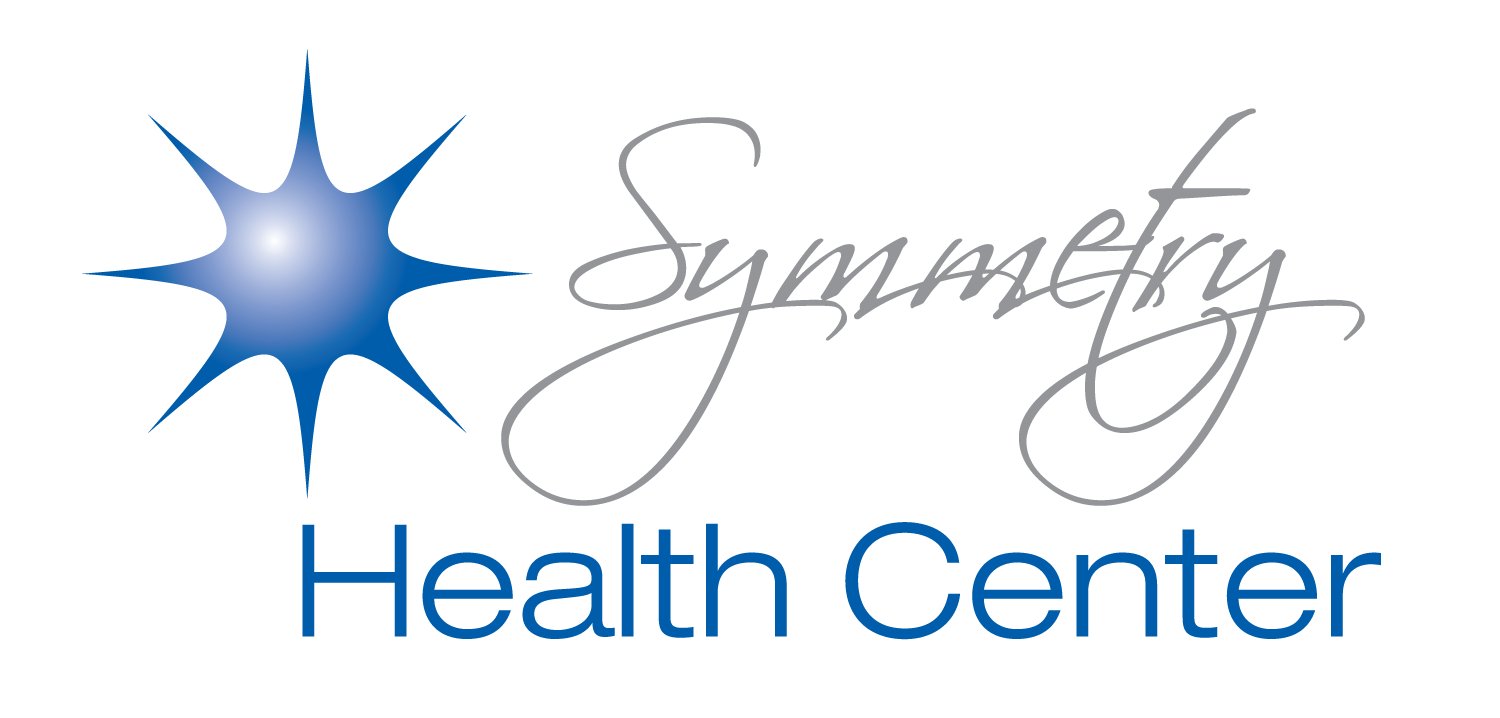How Chiropractic Care Can Ease Bloating and Support Digestion

Benefit of chiropractic care is most commonly associated with joint and bone realignment, neck and back pain, and easing migraines and chronic headaches – but did you know that expert chiropractic care can also be enormously impactful to digestion? Few people book their first chiropractic appointment hoping that it will resolve their bloating and digestive difficulties, but perhaps they should: the digestive system, nervous system, and skeletal structure are all deeply interrelated and affect each other bidirectionally with regard to their overall function and efficiency.
The Skeletal System & Digestion
In addition to the six to nine million estimated Americans who live with scoliosis every day, almost everyone is living with some sort of subluxation (misalignment of small bones) in their spinal cords due to normal physical activity.
Scoliosis occurs in the spine as either the result of injury, trauma, or a genetic predisposition. Scoliosis is defined by an atypical s-shaped curve which occurs laterally in the spine. While the spine should naturally reflect a curvature from front to back, a lateral curve in the spine is unnatural, and will ultimately disrupt the balance of the body’s structure, organs, and function over time.
Scoliosis, particularly when severe, can have a substantial impact on the digestive system. When the spine begins to curve laterally, it produces unnatural pressure on the stomach and digestive organs. Depending on the severity of the curve, this can limit and impair digestive function noticeably, causing digestive irregularity, constipation, diarrhea, bloating, and nausea. Because scoliosis worsens gradually over time, these symptoms may develop slowly. Once digestion is noticeably affected by irregular spinal curvature, the connection may not be made between the bone structure and digestion – instead, digestive issues may be attributed to another cause.
When subluxation is occurring in the spine, a similar phenomenon occurs. Subluxation creates misalignment in the spine, and like scoliosis, it forces ligaments, muscles, and tissue to compensate for the structural imbalances that occur as a result. Additionally, like scoliosis, subluxation also compresses organs and tissues unnaturally, dampening nerve signals, and in some instances, reducing functionality as a result of the nervous system’s inability to regulate digestive processes.
The Nervous System & Digestion
The nervous system plays a central role to the process of digestion. The nervous system is also directly affected by the state of the skeletal structure.
When the skeletal structure is misaligned, the nervous system is strained. When bones and joints slip out of their natural location in the body over time or as the result of accident or trauma, this creates a negative impact on communication between the central nervous system, which is comprised of the brain and spine, the peripheral nervous system, which makes up the nerves located throughout the rest of the body, and the digestive system.
The Enteric Nervous System
The enteric nervous system is the little-known “second brain” of the body, and it resides in the gastrointestinal system. The enteric nervous system regulates digestion, nutrient absorption, the secretion of chemicals, and overall digestive function. The sensation of “butterflies” in the stomach is one example of the influence of the enteric nervous system on the sensations and function of digestion, and when an individual is not in homeostasis, the enteric nervous system is one of the first areas of the body to respond to stress.
The enteric nervous system receives information from the central and peripheral nervous systems by way of the vagus nerve. The vagus nerve regulates not only digestion, but heart rate and respiratory rates, reflex actions, and vasomotor activity, which determines the diameter of blood vessels. The vagus nerve is implicated in the function of many systems, and bridges the gap between central and peripheral nervous system communication.
The network of nerves which comprises the enteric nervous system is disrupted by misalignment and subluxation of the spine. When the spine is misaligned, the joints and bones which are out of place begin to constrict and even temporarily severe nerve connections, as well as strain local muscles and tissues which attempt to compensate for the structural imbalance and help return the body to homeostasis. When nerves are constricted, the electric impulses that travel along nerve pathways to communicate with the digestive system (and other bodily systems) are also inhibited, creating a loss of communication.
Over time, misaligned posture can decrease electrical activity noticeably all over the body, and not only in the digestive system. This can create challenges in the circulatory system (arrhythmia and irregular heartbeat) and the respiratory system (restricted breathing and decreased oxygen levels), for example. In the human body, one system impacts all systems.
Supporting Digestion With Chiropractic Care
There are four major chiropractic interventions which can provide relief from bloating, indigestion, and overall strain on the digestive system. Each of these methods involve restoring ideal nerve function and communication between the nervous system and the digestive system.
#1. Adjustments
The first and most common form of chiropractic intervention for digestive dysfunction are adjustments. Adjustments provide immediate relief to areas of the spine that have experienced subluxation, as well as to strained muscles, ligaments, and tissue. One of the primary therapeutic functions of spinal adjustments is the effect that they have on the nervous system in the areas surrounding the spine (and limbs, where appropriate).
An adjustment delivered by an expert chiropractor not only returns a joint or bone closer to its ideal alignment, but it relieves the pressure that the misalignment was producing on the local area. In particular, this is hugely therapeutic to the nervous system and restoring nerve communication within the body, which happens largely as a result of electrical and chemical impulses traveling across the nervous system. When an area of the spine and joints is decompressed through an expert adjustment, the nerve impulses and signals can travel again at their optimal speed and efficiency. This means that signals pertaining to essential body functions, like digestion, can once again take place. Electric and chemical energy potential is restored in those areas, encouraging optimal and efficient function.
As the result of regular adjustments, the body can restore nerve connections and nerve communication to ideal levels. This can result in improved digestion and eliminate symptoms of digestion dysfunction like bloating, constipation, diarrhea, irregularity, nausea, and general discomfort.
#2. Spinal Traction
Another major intervention that chiropractic care offers, which can have life-changing effects on digestion, is spinal traction. Initially, the link between digestion and spinal alignment may seem indirect, but as aforementioned, the role that the spine plays in nervous system functioning is quite direct with regard to its effects on digestion.
Similarly to adjustments, spinal traction relieves pressure from compressed and constricted nerves, and reinvigorates electrical and chemical flow throughout the body. Spinal traction is different than adjustments, however, in that it may not create an initial detoxification or “flushing” effect in the same manner that adjustments do, and that it is meant for more long-term results.
Spinal traction is a form of moving bones and joints slowly over time for prolonged relief from misalignment. Spinal traction serves as a method of correcting subluxation and misalignment (for example, scoliosis) with the intention of preventing the spine from moving back into a misaligned position. Similarly to adjustments, traction can ease the pressure created by misalignment by correcting the misalignment over time.
#3. Corrective Exercises
Your expert chiropractor may choose to provide a series of corrective exercises which are meant to be done at home and supplement the interventions provided at the office. Corrective exercises may be executed with props, or simply with household items and spaces. Corrective exercises are specifically intended to rehabilitate areas of the body that may be misaligned, injured, or weak. By engaging in the corrective exercises recommended by your chiropractor on a regular basis, you are more likely to experience the highest possible degree of relief.
Corrective exercises will support and extend the positive effects of your chiropractic treatment. If you are given a series of corrective exercises to practice by your chiropractor, implement them as frequently and consistently as possible.
#4. Deep Tissue Work
Even after moving bones and joints back to their optimal position, muscles may still remain trained (or “remember”) their suboptimal positioning. Often, when the body’s structural alignment is imbalanced, the body adapts to figure out other ways to provide support. In most cases, the muscles of the body, particularly the back, neck, and shoulders, learn to compensate for structural misalignment, and often become cramped, strained, frayed, or knotted in an attempt to return to the homeostasis of proper balance.
Even after an adjustment or spinal traction in which bones and joints have been returned to structural alignment, muscles may force the bones and joints back into their misaligned place not long afterward a chiropractic treatment. A solution to this can be deep tissue work, in which muscles and tissues are manually manipulated. This treatment can aid in releasing tight muscles and resetting the muscle’s “memory,” aiding it in preserving the new and improved structural alignment for as long as possible.
If you live in Alameda or Oakland, CA and ready to restore your digestion, relieve bloating, and reignite your optimal nerve function, book your appointment today. Symmetry Health Center chiropractors are leading experts in Chiropractic BioPhysics. Contact us today for your health.
See more:
